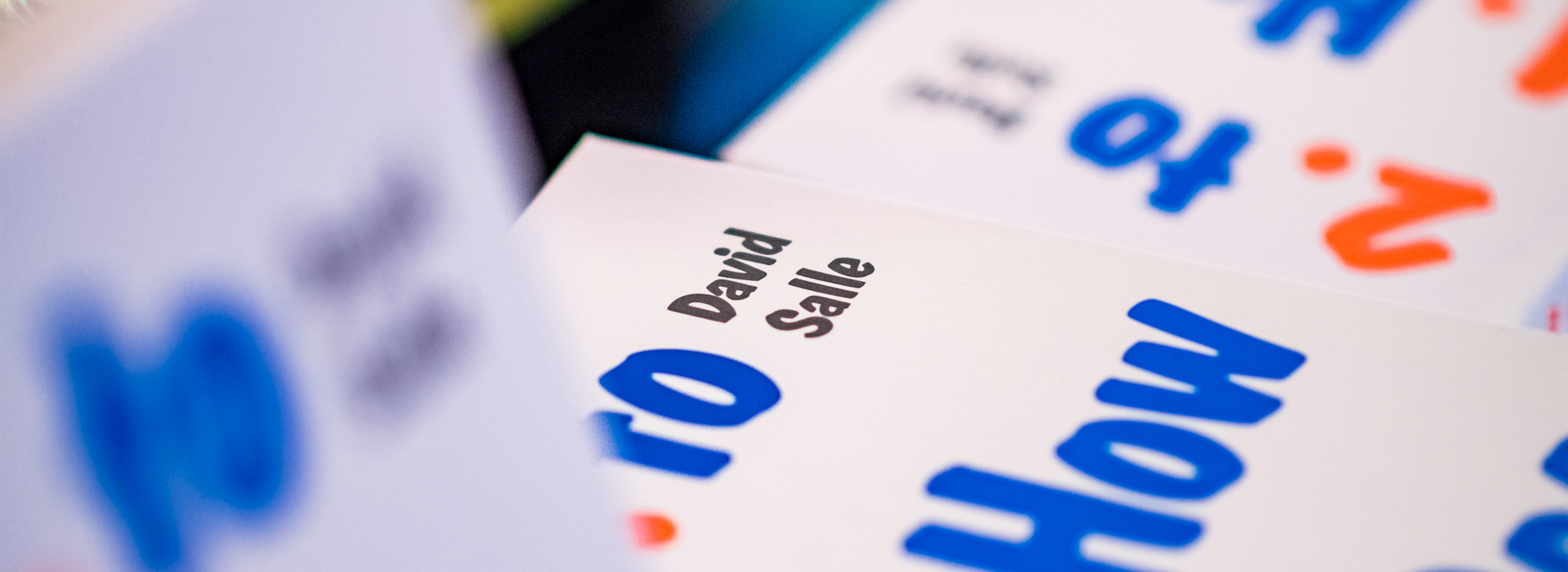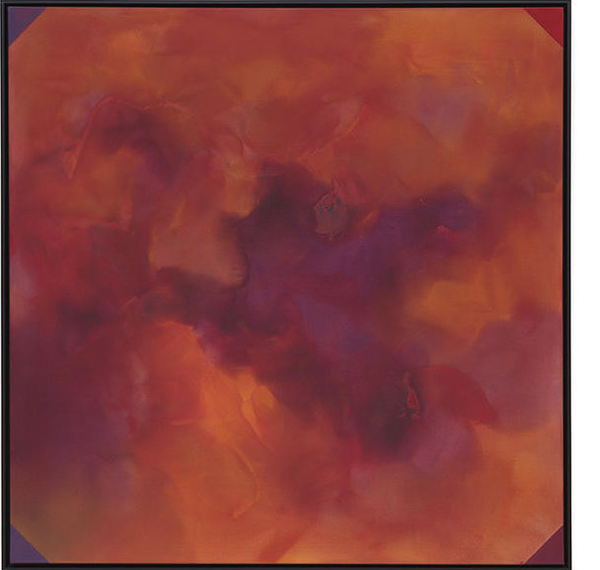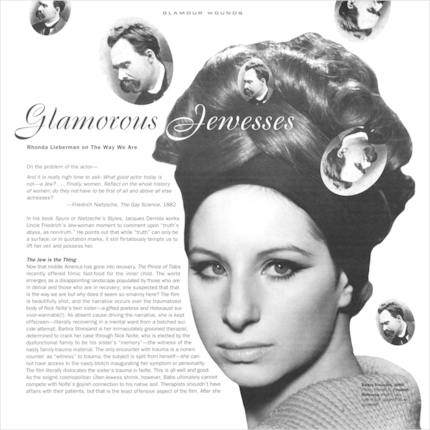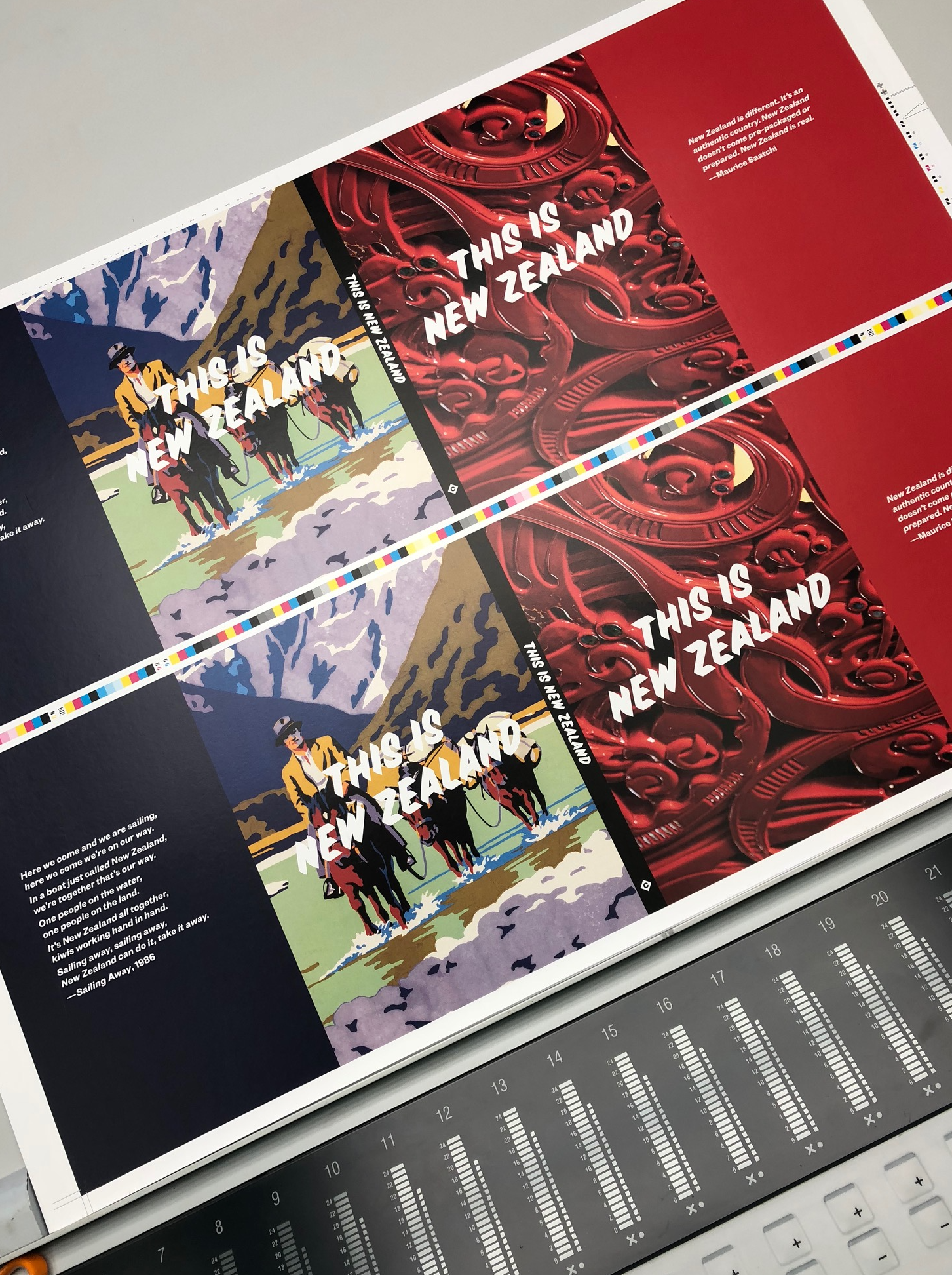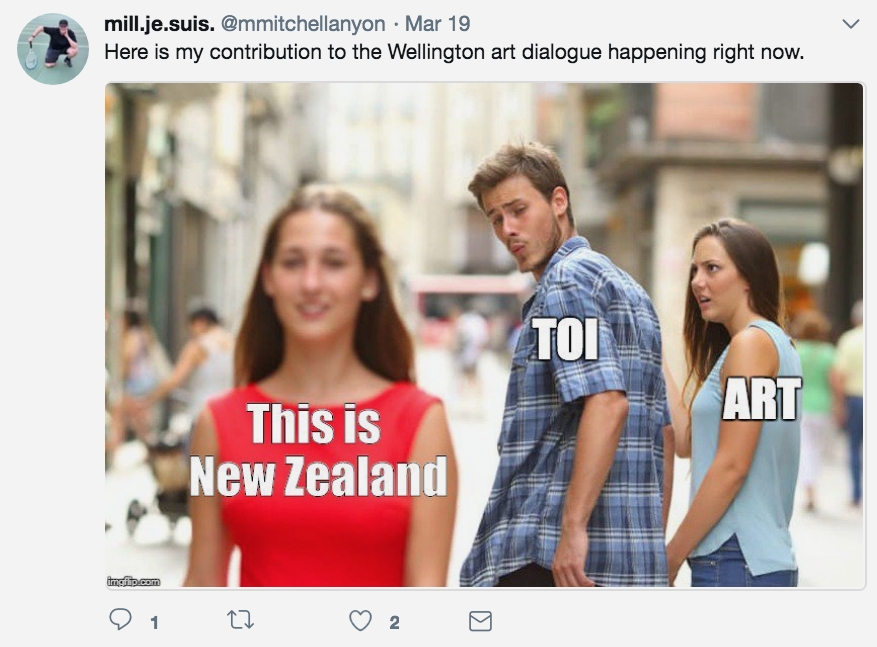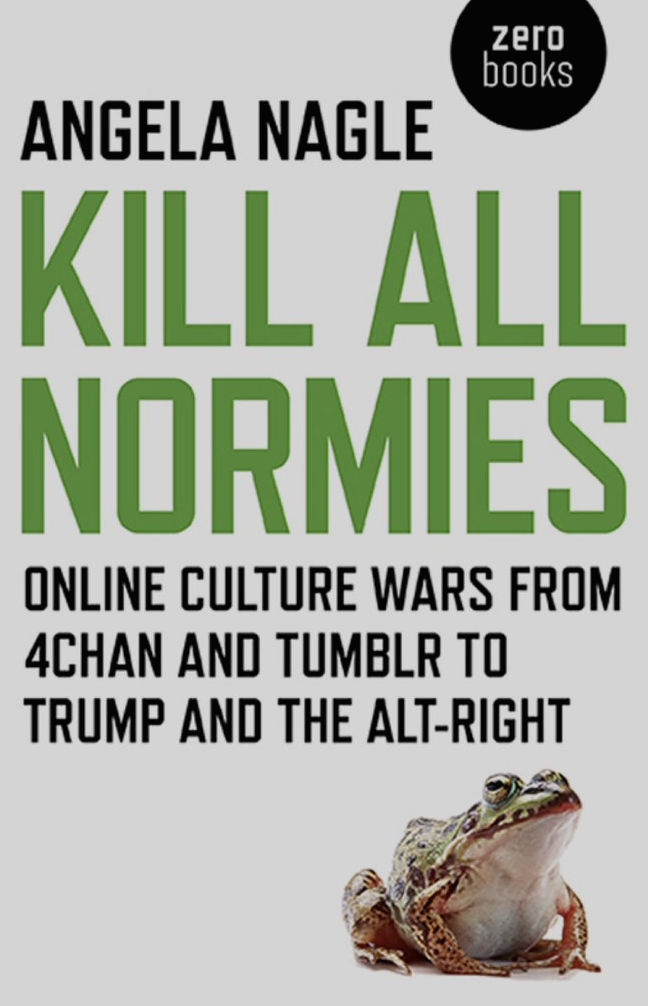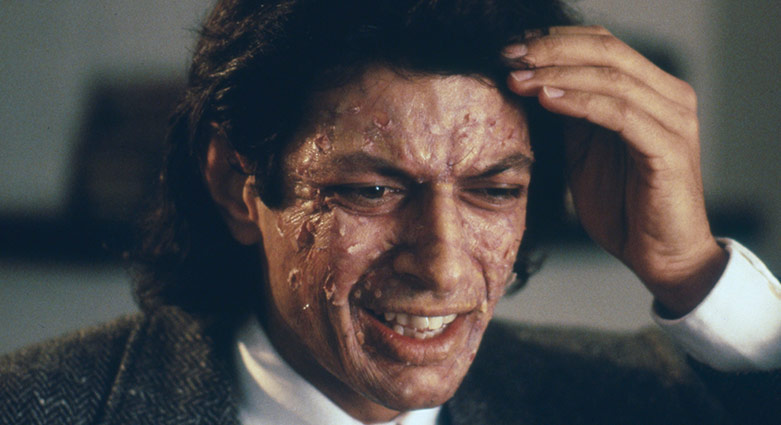.
I’ve been enjoying David Salle’s essay collection, How to See, which was published back in 2016. It’s self-consciously old fashioned, down to its anachronistic design and coarse black-and-white reproductions. Its pieces juggle Salle’s artist’s insights into art works with in-the-know, behind-the-scenes asides about the artists. It’s art criticism as dinner-party repartee. Salle name drops and sound bites like there’s no tomorrow, but it’s all rather readable, balancing a dash of erudition with a lot of writerly flair. As a painter, Salle can be repellant (in a good way); as a writer, he’s easy to like—good company. What I like most is the way he gives voice to my own prejudices. Who doesn’t like that? I particularly adore his swipes at contemporary art’s current fetish—content. ‘Aboutism’ we call it. Here, he scores some killer blows.
Take this: ‘The focus on the what in art has been going on forever, or at least since 1865, the year Édouard Manet provoked the audience with Olympia—a painting of a reclining, dark haired courtesan, skin pale as chalk, adorned only with a pair of “come hither” mules and a black choker. You can imagine the dialogue in the cafes, over a glass of absinthe: “He painted what?” Subject matter—the what—can of course be a big deal. It’s also easy to talk about. But more to the heart of the work, the thing that reveals its nature and quality, is the how, the specific inflection and touch that go into its making. To take a work’s temperature, look at its surface energy. Like syntax and rhythm in poetry, it’s the mechanics that reveal an artist’s character. They determine the way art will get under our skin, or fail to.’
And this: ‘Sometimes what we call an idea is really more of an enthusiasm, the passing intellectual weather. Artists are curious, they pursue all kinds of obscure knowledge. Some like to do research, and art seems like as good a place as any to show off one’s interests. The ideas with staying power are those that intersect with an artist’s inclination for form, causing it to deepen and expand, like a paper flower that blooms when you put it in water.’
•
